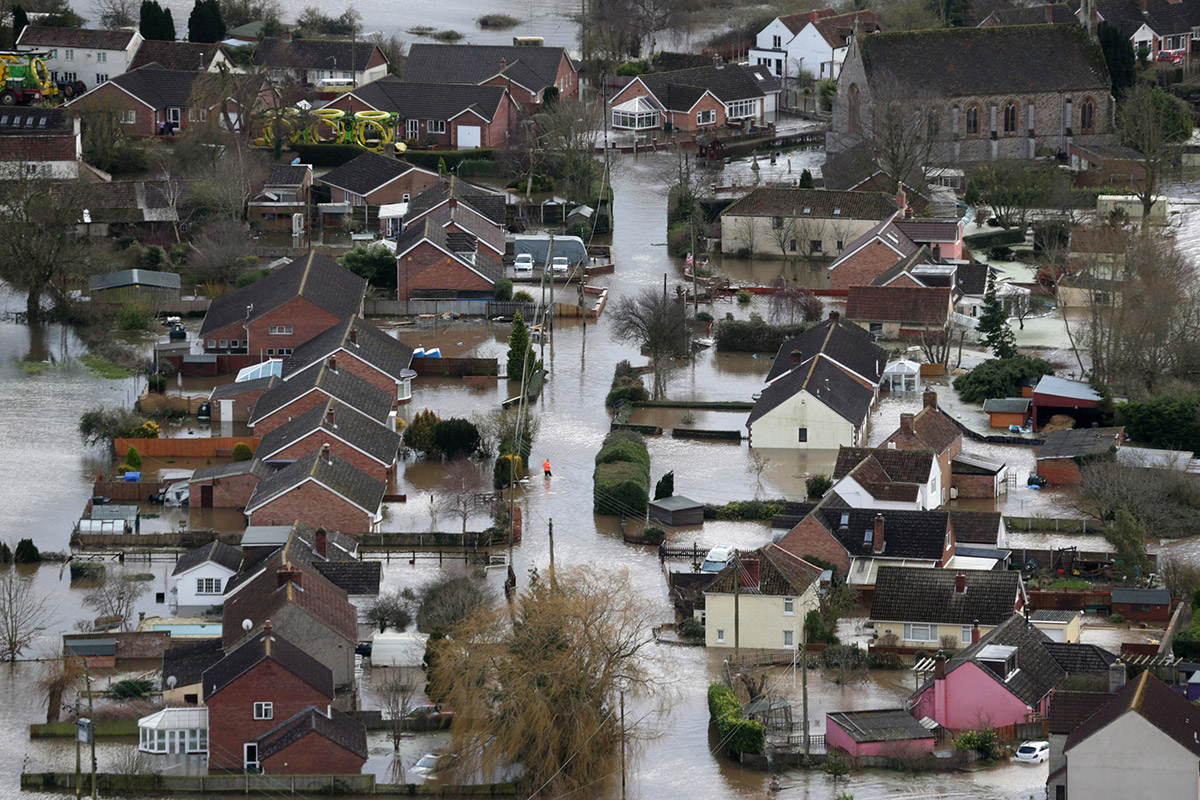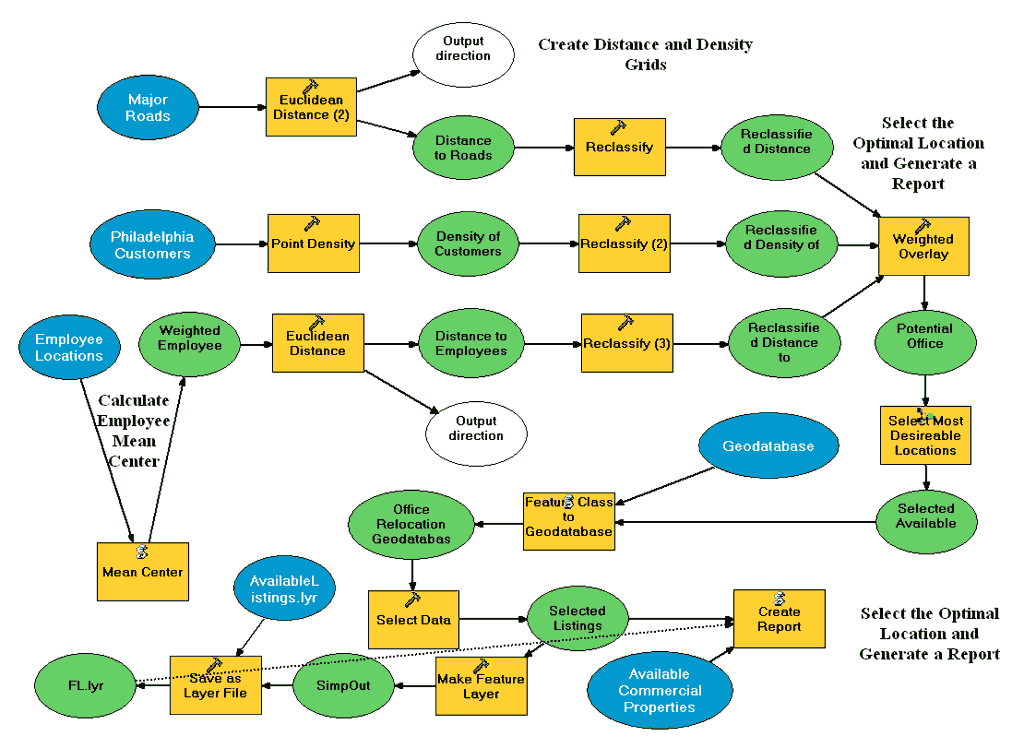updated 14Sep2016
Next month, September is National Preparedness Month (NPM or NatlPrep) in the US with many campaigns to raise public awareness for Emergency and Disaster Preparedness. Here in the UK, year on year, regular local events (ie the #30days30waysUK2016 September campaign) are also becoming more numerous and around November the EA (and related bodies) raise awareness for National Flood Preparedness. For me this is encouraging to witness for I believe that awareness and engagement for preparedness has still some way to go. More individual and community action is needed to build a robust culture of preparedness and resilience.
What are the stumbling blocks? Why aren’t we all much better prepared?
Despite the best intentions most of us fail to do enough, unless you’ve been personally affected in the past, for example during the recent floods.
Why is that? Where does this apathy and narrow shortsightedness come from?

Well, I recently read Robert Clifford’s interesting article in The New Scientist “The road to climate hell” and was struck just how easily his analysis also applies to preparedness.
Road to climate hell, neural networks, youth drug, home diagnosis gadgets, and more https://t.co/nsfsIMtvGm pic.twitter.com/1OUO7Skm8H
— New Scientist (@newscientist) July 8, 2015
Richard identified 33 ‘dragons’, a metaphor for obstacles or ‘drag-on’ processes that stop us engaging and taking action. Robert’s approach is such a brilliant way to illustrate complex topics that I hope he won’t mind me borrowing and adapting for preparedness.
1st Dragon family : limited cognition
- antiquated brains, old hardware and energy conserving software that have not changed much in 30’000 years. Rather than engage in effort-full anticipation and planning we tend to operate in the comfortable and easy ‘here now’ mode – and that simply makes us slow to act
- ignorance is bliss they say but not for long and we all should heed Benjamin Franklin who poignantly stated “by failing to prepare you are preparing to fail” . Not only do we tend ignore the necessity for preparedness, we often simply do not know what to do and how to go about it. To make matters worse, preparedness is not simply one thing but means different things to different people at different times and also depending on context. Just exactly what the right kind of preparedness is only you can determine (i.e. by starting at our preparedness info hub and begin making your Emergency Preparedness Plan)
- uncertainty is tricky to navigate, especially in today’s world of ambiguous messages and unpredictable events. Confusion or underestimation may lead to inaction.
- numbness from complexity overload in today’s environments that we can no longer wholly grasp. Action is unlikely if a dangerous phenomenon or scenario is seen as not immediately causing personal difficulties
- discounting, a well-known bias or tendency to undervalue future and distant risk
- optimism bias: I’ll be fine. No, it won’t affect me. I will manage…
- fatalism: it’s out of my hands. There is nothing I can do …. confirmation bias: people tend to read and watch media that reinforces their beliefs rather than challenges and educates
- time is money: when viewing their available time in monetary terms, people tend to skip careful preparedness planning and investments in resources/skills as there is no immediate and clear ‘return-on-investment’
- perceived inability: preparedness may require extra resources including knowledge, skill or abilities not everyone possesses. Unless there is a physical or mental disability however, most people are capable to reach at least a minimum level of preparedness and connect to wider networks of community resilience
In the article, Richard goes on to discuss six more Dragon Families; i.e. ideologies, various belief systems that inhibit behaviour social comparison, three aspects of a deeply ingrained human tendency dis-credence, four ways of how people stop engaging when thinking ill of others limited behaviours, and …
Dragon family ‘perceived risk’ – particularly relevant to preparedness
Perceptions linked to risks that may become particularly persistent ‘drag-ons of inaction’
- Functional risk: will it work? For example: “The kit I just bought, can I rely on it?” You can if you bought it from us for our promise is “ If we stock it – You can depend on it in an emergency”. Functional risk at a personal level is trickier. The best answer is continuous training and active exercising of your preparedness plans
- Physical risk: will I get hurt? Preparedness may involve special skills training so there may be certain risks.
- Financial risk: rather than asking is it worth getting prepared and equipped ask “can I afford not to?”
- Social risk: other people may notice your commitment to preparedness and may tease although this is becoming less common. Nowadays understanding is growing and prepared people are becoming role models for community resilience.
- Psychological risk: you may be teased or criticised for preparing – that is short term. You will, however, build confidence in your capacities and further your personal resilience – that is long term.
- Temporal risk: the time you invest in planning and preparing may be seen as ‘failing to produce results’. That of course depends on what ‘results’ means to you but in preparedness this is most certainly never the case. Any and all preparedness efforts are never wasted and hopefully you will never have to test them all to the full.
The good part in all this? All these inner/perceptual dragons of inaction can be slain. You’ve already started by simply reading and thinking about them. And so I leave you with an image of the quintessential Dragon Slayer St. George who is the patron saint not only of England but also of Aragon, Catalonia, Georgia, Lithuania, Palestine, Portugal, Germany and Greece; and of Moscow, Istanbul, Genoa and Venice (second to SaintMark) and who has in recent years been adopted as patron saint of Scouts.  Have a great week and good start to September – make it a Preparedness month for yourself, your loved ones and your wider communities. And if you want to delve a little deeper, watch this brilliant VIDEO by The Royal Society, an animation and briefing on unconscious bias adapted by Professor Uta Frith
Have a great week and good start to September – make it a Preparedness month for yourself, your loved ones and your wider communities. And if you want to delve a little deeper, watch this brilliant VIDEO by The Royal Society, an animation and briefing on unconscious bias adapted by Professor Uta Frith
Implicit & unconscious, the bias in us all – our animation on #unconsciousbias https://t.co/Nl29HBawE5 @utafrith pic.twitter.com/DggTUG3BPp — The Royal Society (@royalsociety) September 14, 2016
Monika Tweetthank you for sharing, raising awareness for Emergency Preparedness!
For more EVAQ8 blog simply use the right hand navigation. For emergency kits and practical resources use the top navigation. For FREE resources head over to our Preparedness Hub and find out why we use humour. If you like this post, please share it to help raise awareness for Emergency and Disaster Preparedness. Thank you!
Find EVAQ8 on social media, like and follow us!





 Business Continuity Management or BCM is often treated as a subset of risk management. Up to a point this holds, for in Risk Management (ISO 31000) risk identification is the first key step in risk assessment that leads to the selection of appropriate risk treatments based on the best available information. Problems arise here, however, when ‘best available information’ is not good enough or absent. This is often the case in today’s world of complex and often hidden or fast developing threats both man-made and natural disasters.
Business Continuity Management or BCM is often treated as a subset of risk management. Up to a point this holds, for in Risk Management (ISO 31000) risk identification is the first key step in risk assessment that leads to the selection of appropriate risk treatments based on the best available information. Problems arise here, however, when ‘best available information’ is not good enough or absent. This is often the case in today’s world of complex and often hidden or fast developing threats both man-made and natural disasters.


